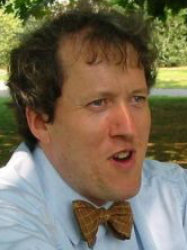BibTex format
@article{Fogarty:2022:10.1063/5.0093562,
author = {Fogarty, R and Li, B and Harrison, N and Horsfield, A},
doi = {10.1063/5.0093562},
journal = {Journal of Chemical Physics},
title = {Structure and interactions at the Mg(0001)/water interface: An ab initio study},
url = {http://dx.doi.org/10.1063/5.0093562},
volume = {156},
year = {2022}
}

